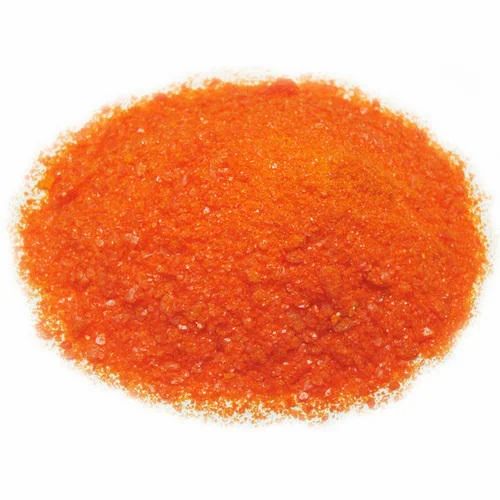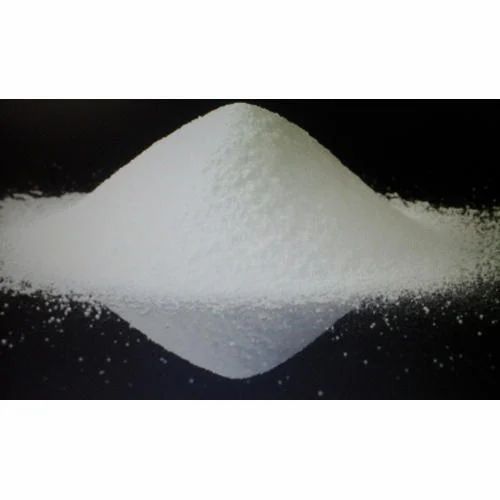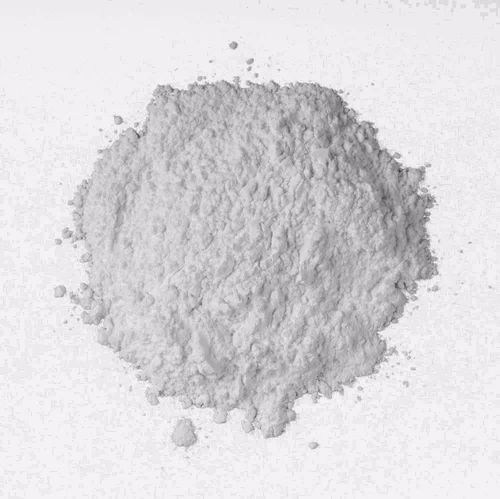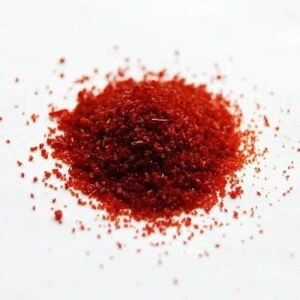Ammonium Bichromate: The Ultimate Guide
Introduction to Ammonium Bichromate
Ammonium bichromate (NH4)2Cr2O7 is a bright orange crystalline compound that belongs to the category of inorganic salts. Known for its striking color and versatility, ammonium bichromate is widely used in various industrial applications, including photography, dyeing, and as a chemical reagent. This guide will explore its properties, applications, safety measures, and purchasing considerations.
Chemical Properties
Composition and Structure
Ammonium bichromate consists of ammonium ions (NH4+) and bichromate ions (Cr2O7²−). Its molecular formula is (NH4)2Cr2O7, and it has a molar mass of 252.06 g/mol. The compound appears as bright orange crystals that can be dissolved in water, making it highly soluble and reactive.
Physical Characteristics
- Appearance: Bright orange crystalline solid
- Melting Point: Approximately 200 °C (392 °F)
- Solubility: Soluble in water, slightly soluble in alcohol
These properties make ammonium bichromate a unique compound useful in various applications.
Applications of Ammonium Bichromate
1. Photography
One of the most notable uses of ammonium bichromate is in the field of photography, particularly in the production of photographic prints. In the early days of photography, it was used to create chromated gelatin emulsions, which were then exposed to light. This process allowed for the development of detailed images on various substrates.
2. Dyeing and Pigmentation
Ammonium bichromate serves as a dyeing agent in the textile industry. Its vibrant orange color can be used to produce various shades on fabrics, particularly wool and silk. It acts as a mordant, helping dyes adhere to fibers more effectively.
3. Chemical Reagent
In laboratories, ammonium bichromate is utilized as a powerful oxidizing agent. It plays a crucial role in various chemical reactions, including organic synthesis and the preparation of other chromium compounds. Its oxidizing properties make it valuable in analytical chemistry for determining the concentration of certain substances.
4. Etching and Printing
In lithographic printing, ammonium bichromate is used in the etching process. It helps create detailed designs on metal plates, allowing for high-quality prints in various applications, including art and commercial printing.
5. Wood Treatment
Ammonium bichromate is also employed in wood treatment processes. It can enhance the natural colors of wood and provide a protective finish, making it a popular choice among woodworkers and furniture manufacturers.
Advantages of Using Ammonium Bichromate
1. Versatility
Ammonium bichromate’s diverse applications make it a valuable compound across multiple industries, from photography to textiles.
2. Vibrant Color
Its bright orange hue not only serves functional purposes but also offers aesthetic appeal, making it an attractive choice for various applications.
3. Effective Oxidizing Agent
As a powerful oxidizer, ammonium bichromate facilitates numerous chemical reactions, enhancing efficiency in laboratory and industrial settings.
4. Cost-Effectiveness
Compared to other chemical alternatives, ammonium bichromate is relatively inexpensive, providing an economical option for industries that require its unique properties.
How to Use Ammonium Bichromate
1. In Photography
To use ammonium bichromate in photography:
- Prepare the Solution: Dissolve ammonium bichromate in water to create a sensitizing solution.
- Coat the Surface: Apply the solution to a gelatin-coated substrate.
- Expose to Light: Use a UV light source to expose the coated surface, allowing the image to develop.
- Develop the Image: Rinse the substrate in water to reveal the final photographic print.
2. In Dyeing
For dyeing fabrics with ammonium bichromate:
- Prepare the Mordant: Dissolve ammonium bichromate in water to create a mordant solution.
- Pre-treat the Fabric: Soak the fabric in the mordant solution for a specified period.
- Dye the Fabric: Rinse the fabric and immerse it in the dye bath to achieve the desired color.
3. In Laboratory Settings
When using ammonium bichromate as a reagent:
- Follow Safety Protocols: Wear appropriate protective equipment, including gloves and goggles.
- Run Reactions: Utilize ammonium bichromate in oxidizing reactions according to established protocols for accurate results.
Safety and Handling
1. Toxicity
Ammonium bichromate is classified as a toxic substance and a known carcinogen. It should be handled with care to avoid skin contact and inhalation of dust.
2. Protective Measures
When working with ammonium bichromate, it is essential to:
- Wear gloves, goggles, and protective clothing.
- Use it in a well-ventilated area or under a fume hood.
- Avoid eating, drinking, or smoking while handling the compound.
3. Disposal
Dispose of ammonium bichromate according to local regulations to minimize environmental impact. It should not be released into waterways or landfills.
Conclusion
Ammonium bichromate is a versatile and valuable compound used across various industries, from photography to textiles and chemical laboratories. Its unique properties and vibrant color make it an essential tool for professionals in multiple fields. However, it is crucial to handle this compound with care due to its toxic nature.
If you’re looking to purchase ammonium bichromate, ensure that you source it from reputable suppliers who provide detailed safety data sheets and product specifications. Understanding its applications and safety precautions will help you make the most of this remarkable chemical compound.
Whether you’re a photographer, a textile artist, or a chemist, ammonium bichromate can enhance your work and open up new possibilities in your projects.





Reviews
There are no reviews yet.